 Joe Greeves
.
April 18, 2024
.
Features
Joe Greeves
.
April 18, 2024
.
Features
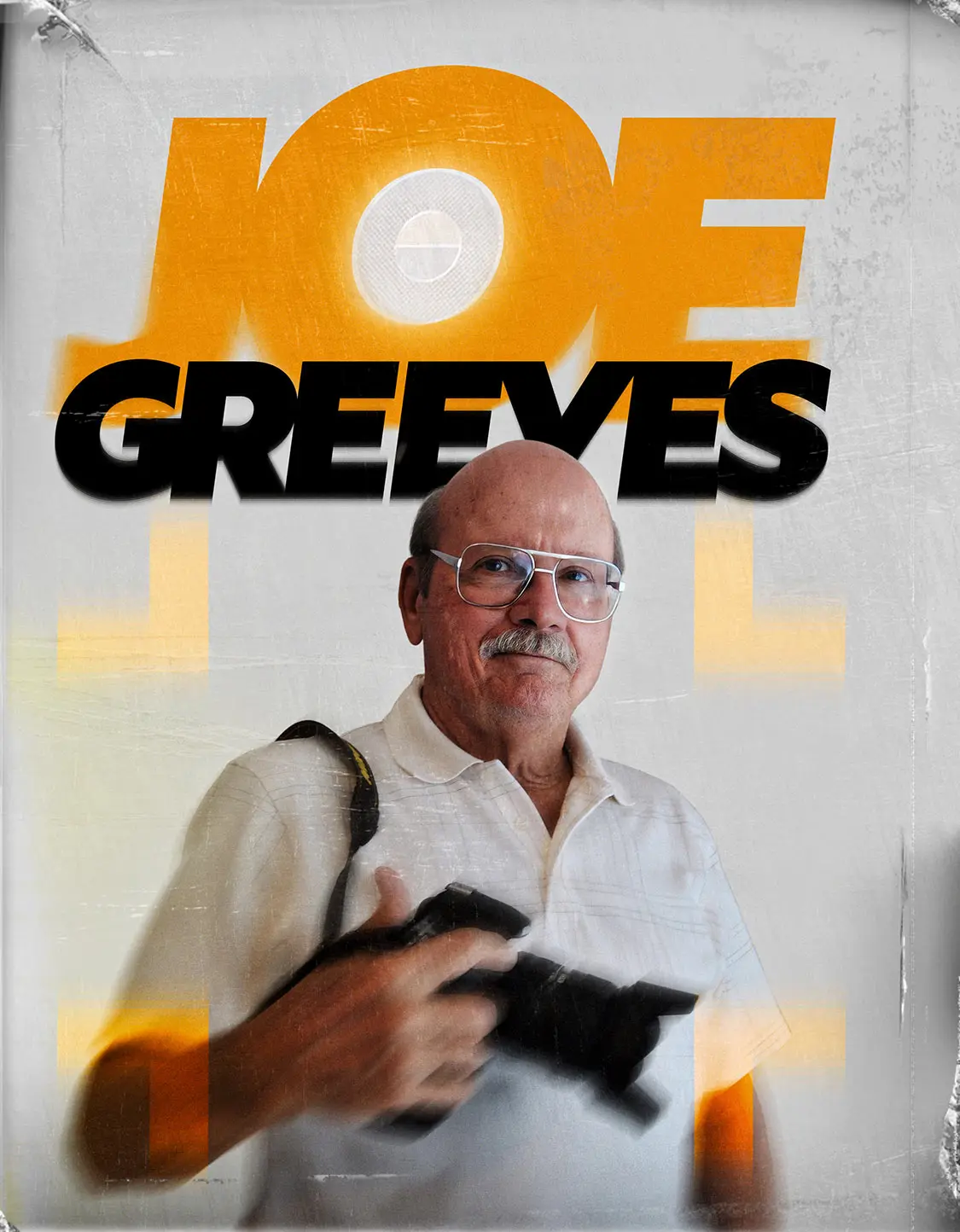
I was honored to get a call from Street Trucks editor Brandon Burrell. He and I go back a couple of decades, and I was delighted when I heard that he had been selected for the editorial slot. As a talented builder and an accomplished freelancer, he’s the right man for the job. Our conversation involved my half century as an automotive photojournalist and my experiences over the years. He asked if I could put something together, so I made some notes.
The sheer variety of unique rolling stock and the boundless creativity of their owners is the reason I am still thrilled about picking up my cameras after half a century.
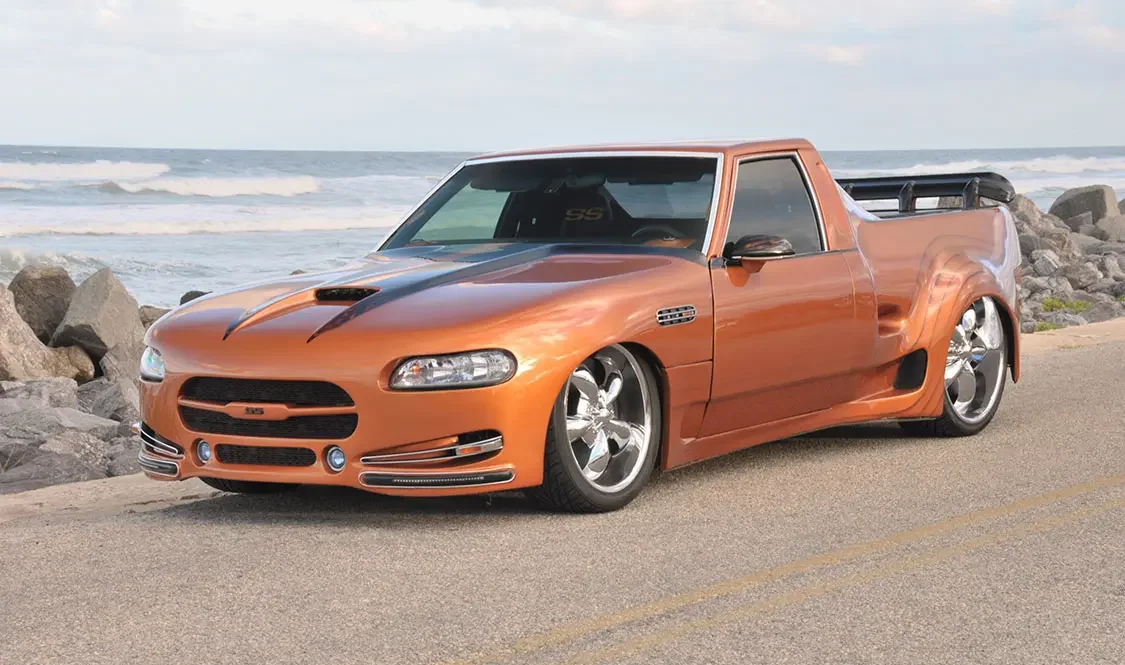
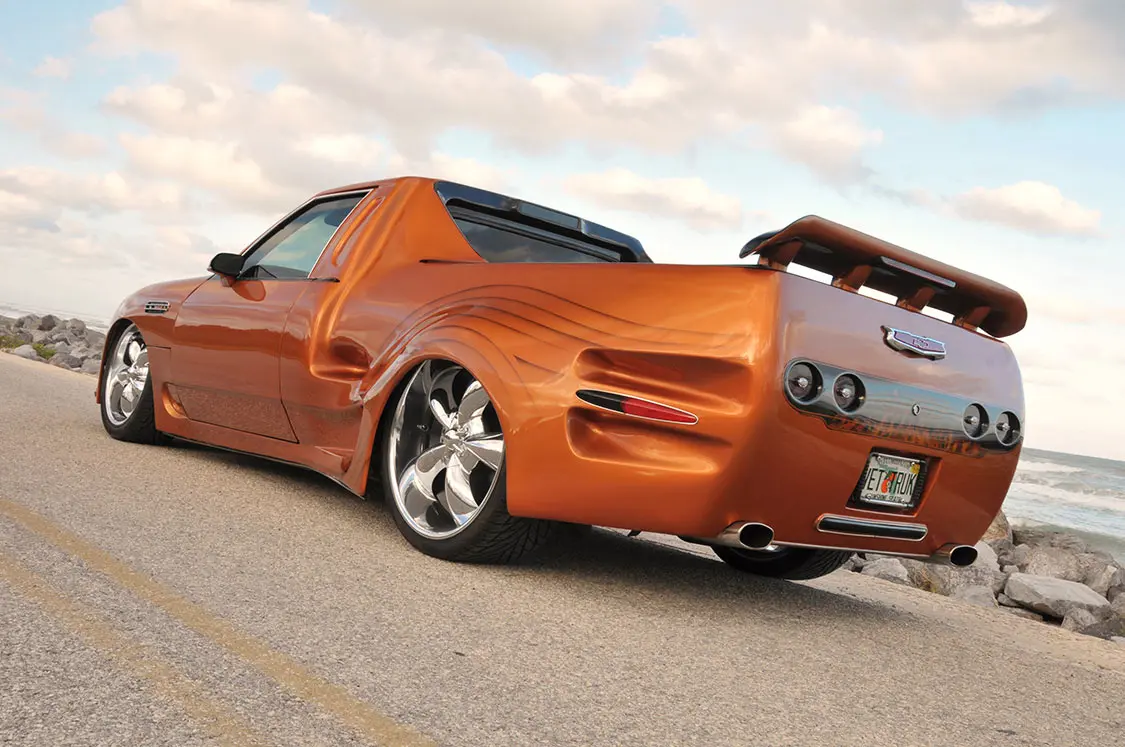
I was born in New Jersey a long time ago and I graduated from Rutgers University in 1961, majoring in English. I joined the Marine Corps as a Second Lieutenant in 1962 and retired as a Lieutenant Colonel in 1987. I’ve always loved to write, and in the 1970s, I decided that I would try my hand at photojournalism. Since magazines needed pictures, I taught myself photography using correspondence courses and liked it enough to begin teaching photography after hours at the local community college.
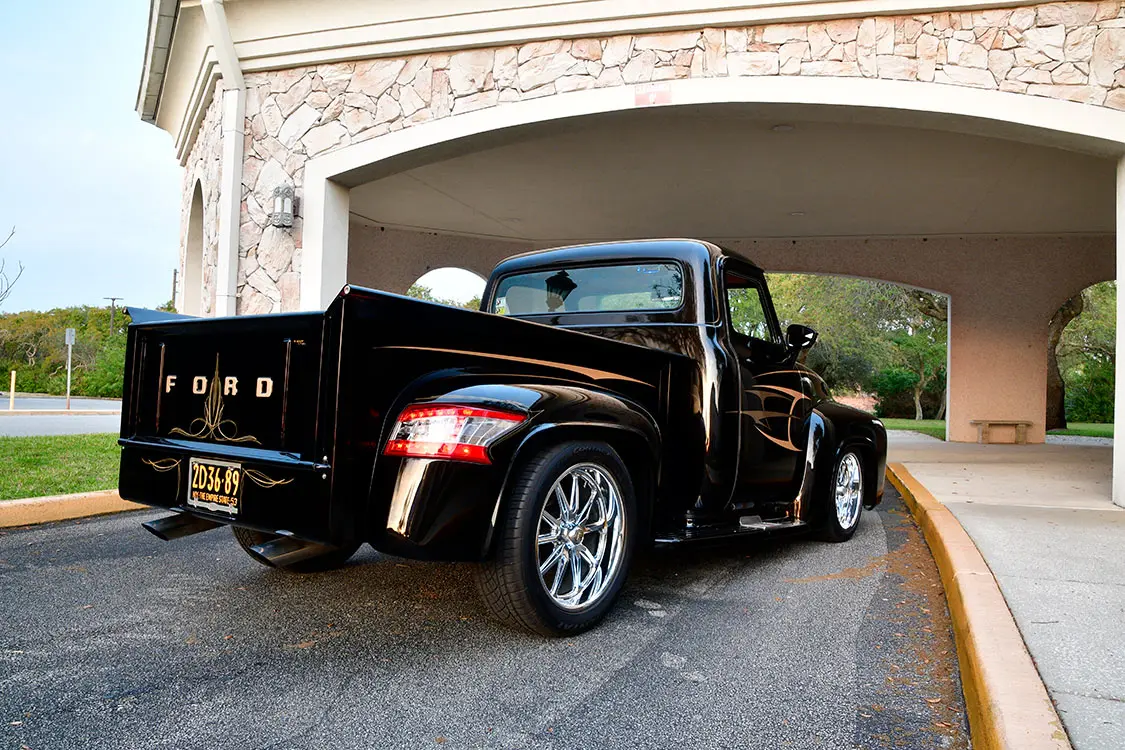
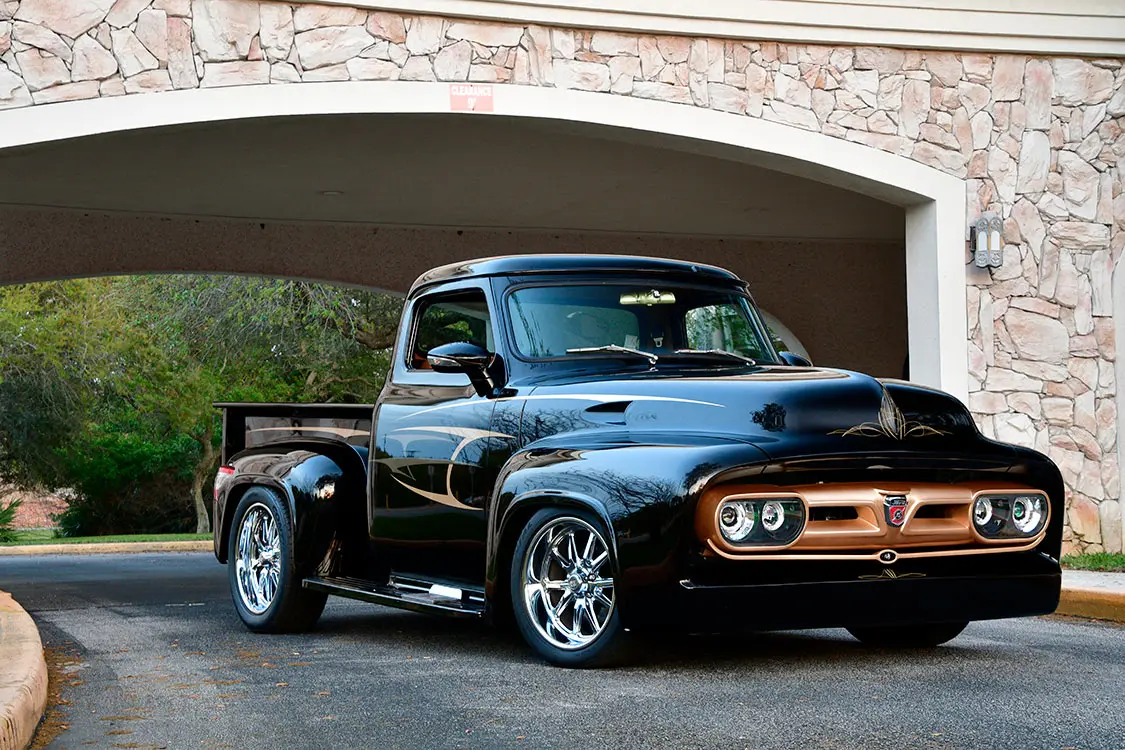
Back then, magazines were predominately black-and-white with just a few color pages. My solution was to carry a pair of 35mm Nikon cameras—one loaded with Tri-X and the other Kodachrome. Show coverage meant carrying a fanny pack filled with 20 or more rolls, batteries, and more. Once each shoot was complete, the family laundry room was pressed into service as my darkroom, and I developed all my own film. Preparing an article meant besides writing and captioning it, you had to send paper copies of the text along with one of those newfangled floppy disks. Adding to that were the clear plastic holders for the color slides plus a stack of black and white contact sheets. It was an expensive, time-consuming proposition dealing with film, chemicals, postage, paper, slide holders, and discs, besides the expense of buying the latest cameras and computers.
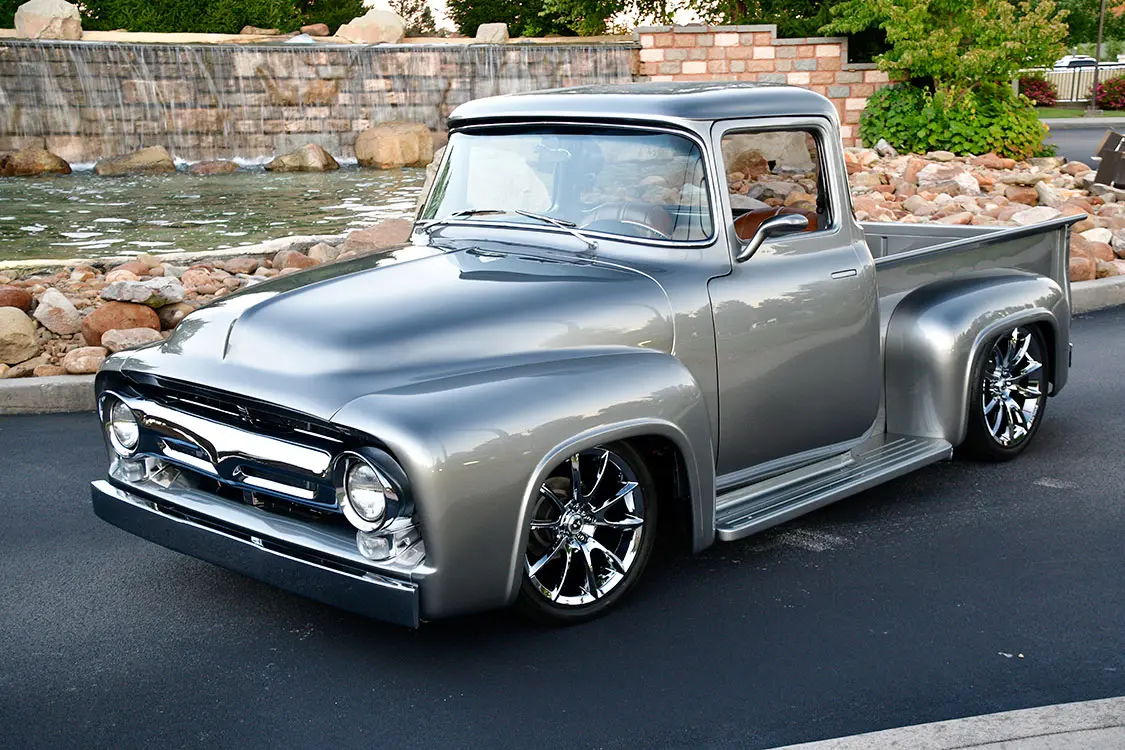
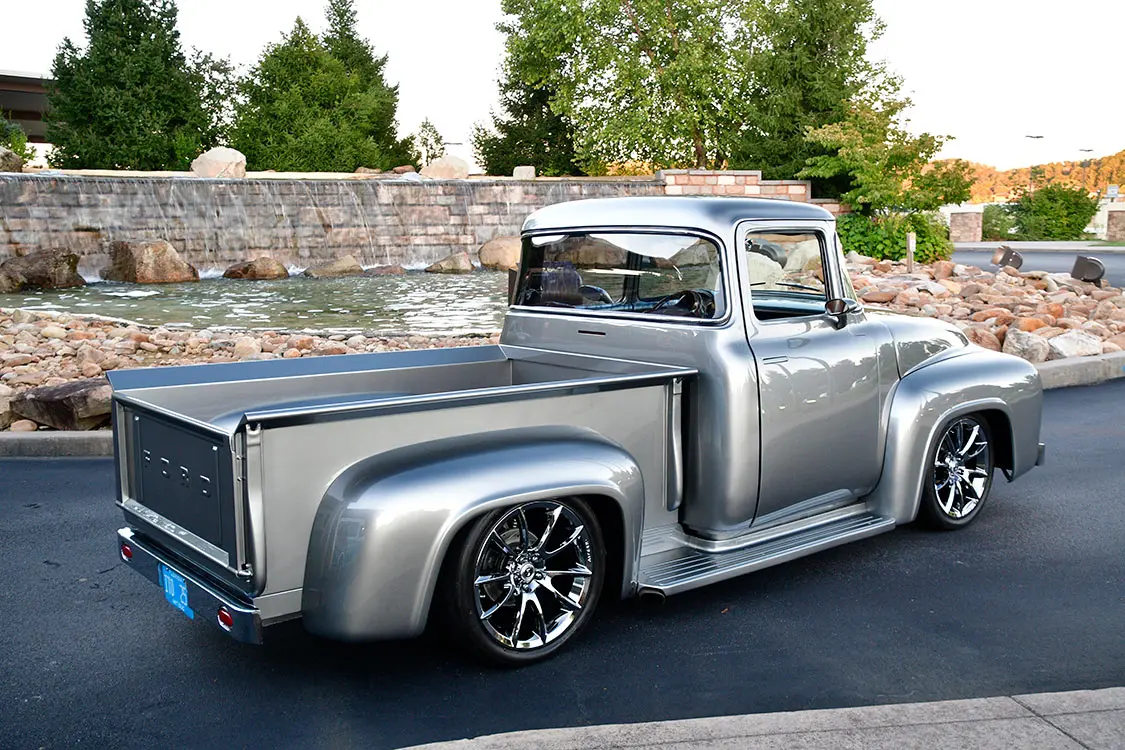
My first full article was published in Wheels Afield in May 1973, and I began writing for a new magazine called Truckin’ in September 1975. It was their fourth issue. Several years later when automotive magazines proliferated the newsstands, my career gained considerable momentum. I loved the excitement and made it a point to shoot everything in sight. I was averaging eight or 10 articles a month in 17 magazines around the world, writing feature articles, tech articles, and show coverage for US magazines as well as books in London and Australia. To date, I have about 2,250 articles in my portfolio.
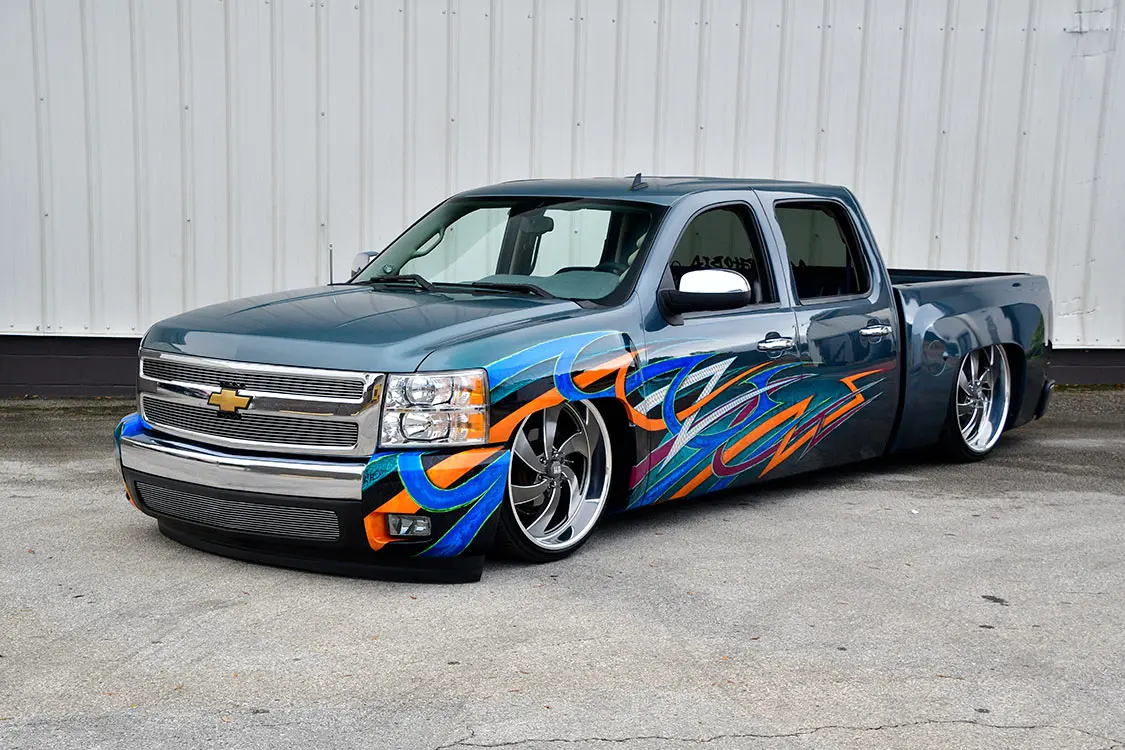
I had an advantage over many 35mm freelancers at the time, thanks to a one-year tour in Okinawa with the Marine Corps. It was there that I purchased my first Mamiya RB67 medium format SLR. Just a little smaller than your mailbox, the heavyweight camera almost carved a groove in my shoulder but it provided editors with huge 2 ¼- by 2 ¾-inch (6X7cm) images. The sharpness was unsurpassed and besides switching lenses, the modular camera featured interchangeable backs that allowed me to choose between color, Polaroid, and black and white film in moments. I upgraded a few years later with a fully automated RZ67 that produced even better images. As advanced as the medium format was, however, even the best gets better when technology arrives on the scene.
I’ve worked with some great editors, I’ve gotten a few guys started in the business, and I’ve met hundreds of amazing folks in the car culture.
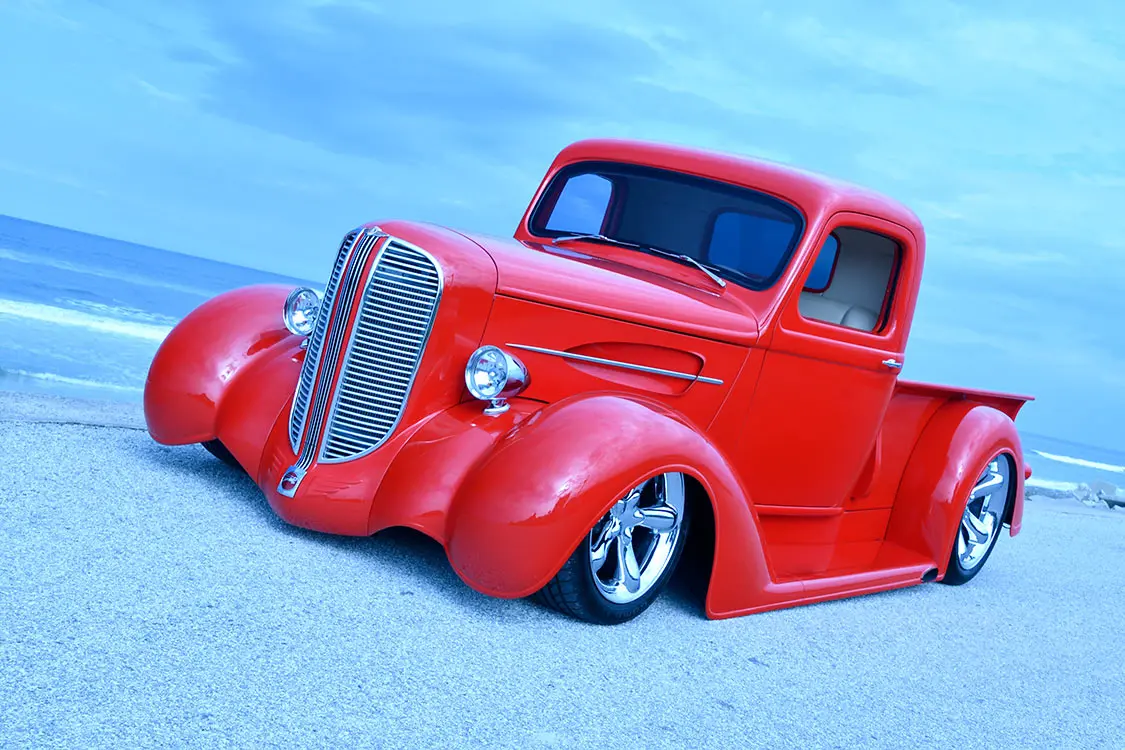
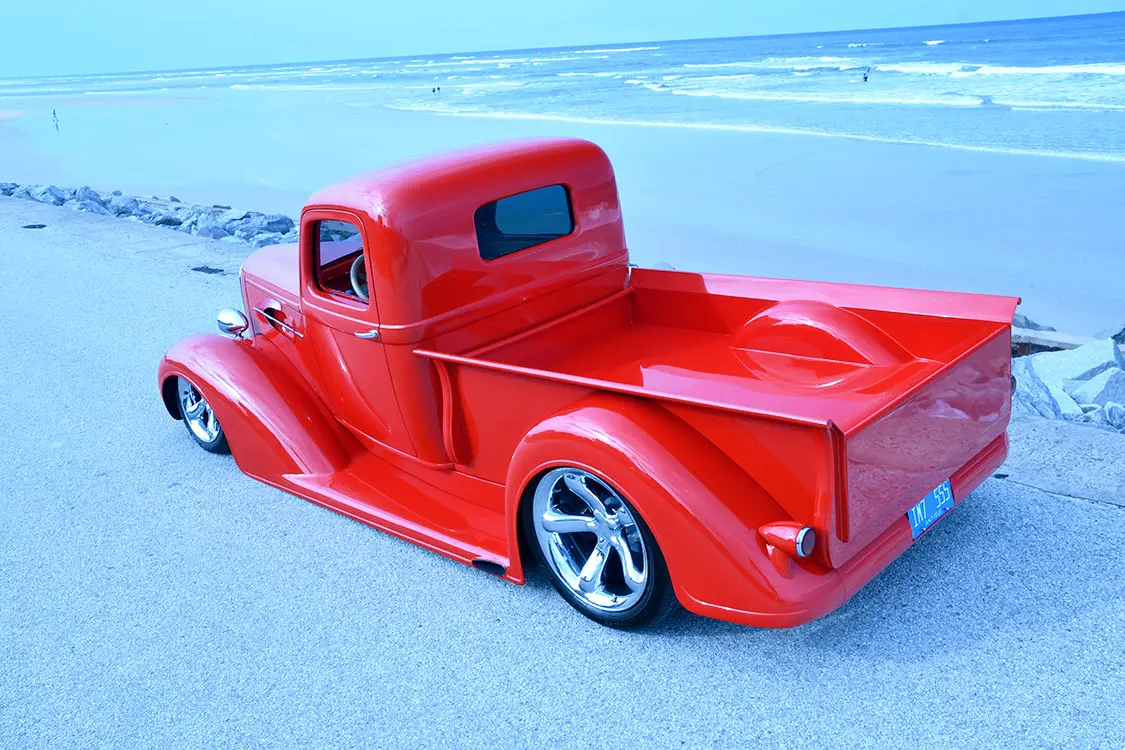
With the advent of digital cameras, everything changed. Magazines had become full color books by then, and my two new Nikon DSLRs (a 12-24mm wide angle and an 18-200mm Tele let me cover all the bases) were considerably lighter and produced fantastic results. I remember the first time I was able to download my images to my laptop and organize them during the plane ride home! The text and high-resolution images could be transmitted in just a few minutes over the Internet with no mailers or postage required. Cards were re-writable, and batteries were rechargeable! The digital age was kind to the budget and the workload!
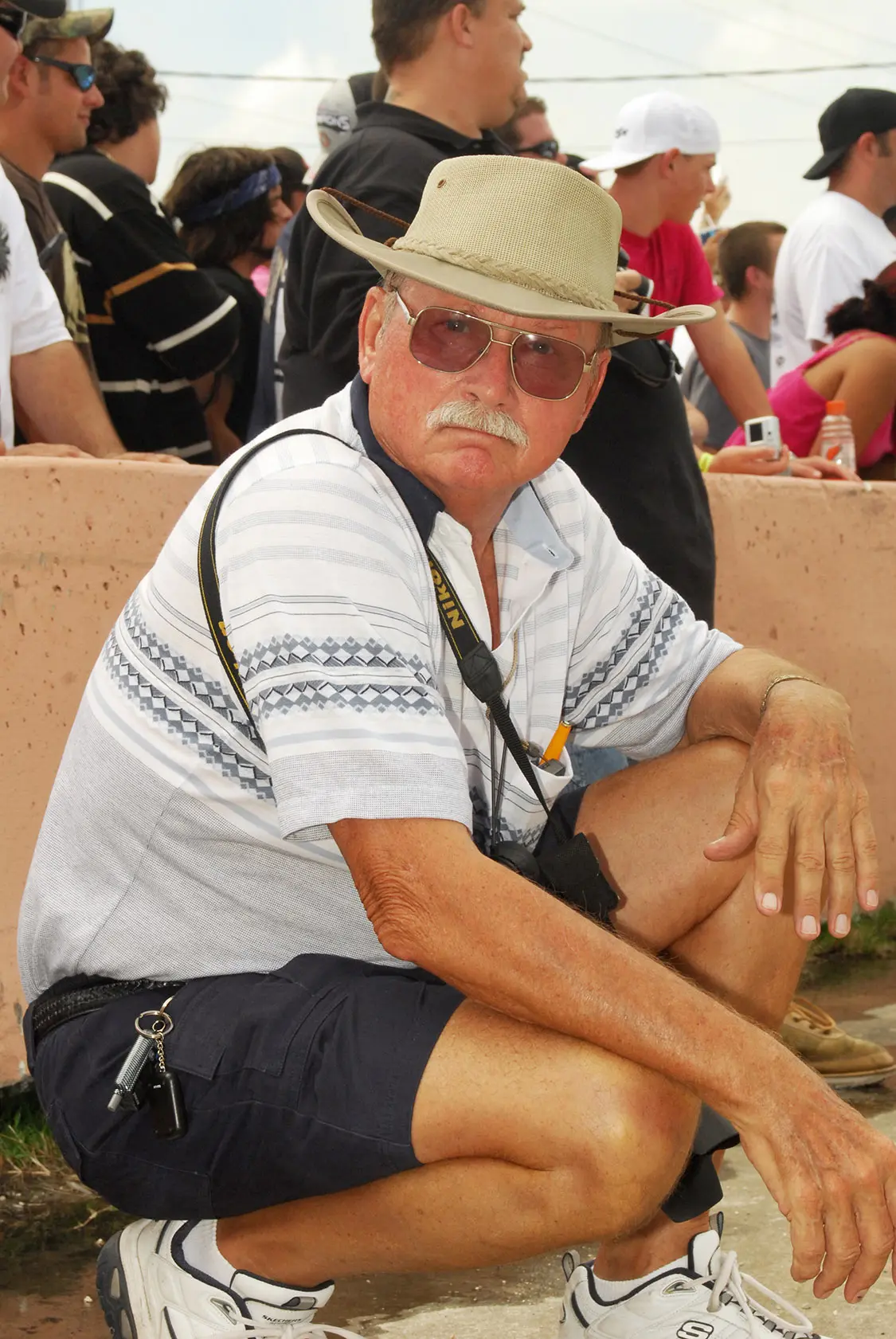
Stepping out from behind the camera for a moment, automobiles have also been a big part of my life. In addition to dozens of standard vehicles over the years, I’ve had kit cars and multiple custom vans featured in magazines here and abroad. I always thought of myself as a car guy but decided it was time to create something that would let me live up to the label. My long-term goal was to create my version of a concept car. The results exceeded my wildest expectations.
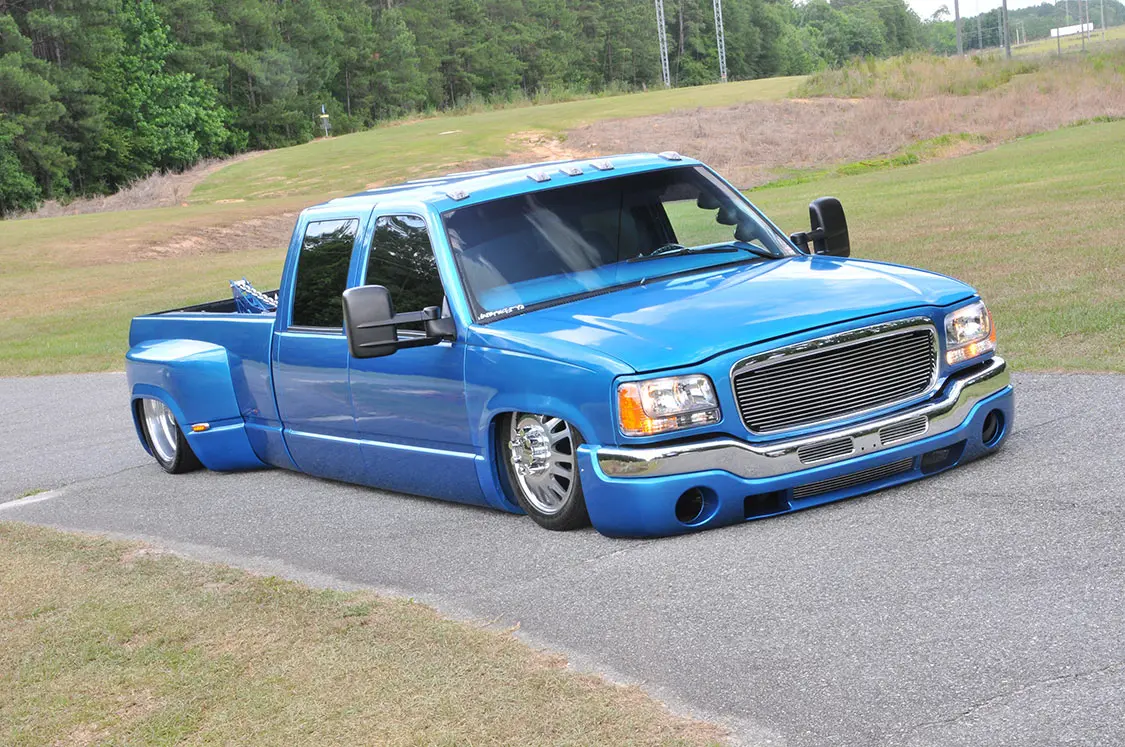
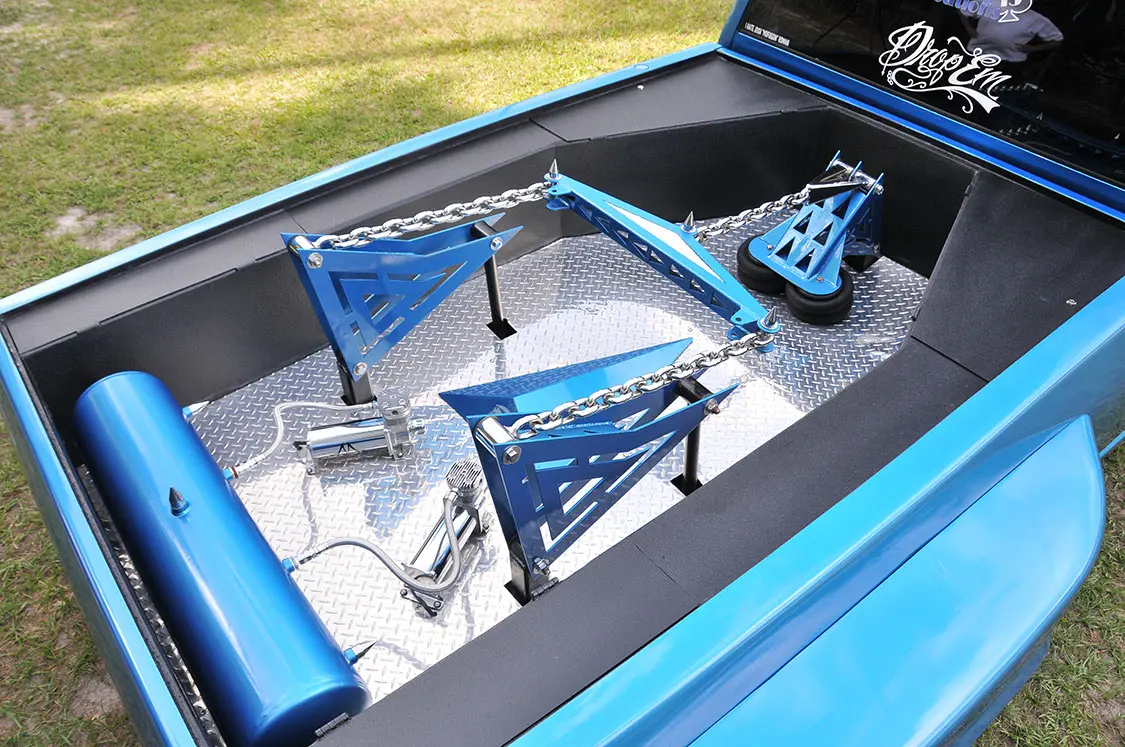
With the help of some amazingly talented good friends, the result was a full custom, one-of-a-kind, Corvette-styled fiberglass pickup that used a cut-in-half ’89 Chevy Caprice four-door sedan as the donor vehicle. The Super Stepside kit was completed in 2001 and “Unexpected” delivered on all counts. It became a headliner on the World of Wheels traveling for four months and returned home with a fat check! Next, it was chosen as the star of a Speed Channel TV series and later it was picked as an all-expenses-paid SEMA booth vehicle. It was amazing to not only have a vehicle on display in my first SEMA show, but as an East Coast shooter, I was finally able to meet so many West Coast editors face-to-face who I had worked with for years.
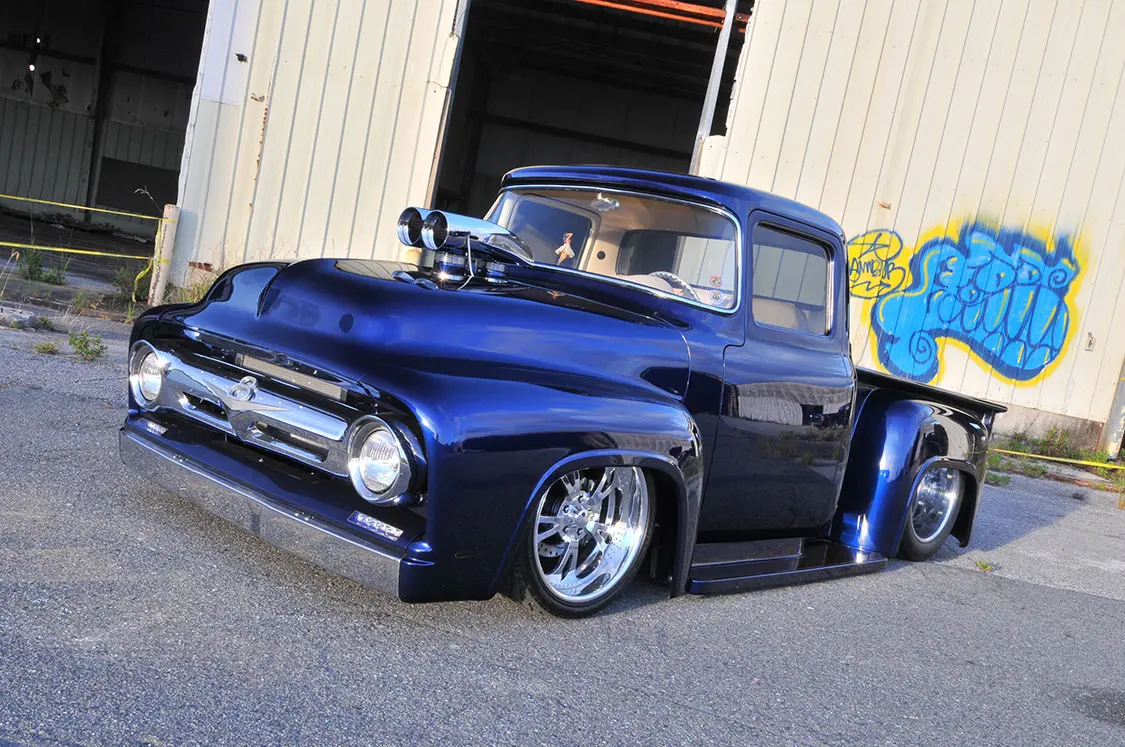
But there’s more. In the magazine business, once a truck had been featured, other editors were generally reluctant to run “seconds.” The June 2004 feature in Street Trucks was, in fact, one of 23 features published on the truck around the world. Readers in Australia and London contacted me, saying my ride was on their homepage! After enjoying it for 11 years, I sold it, and as you might expect, it’s still a hard act to follow even a decade later.
Throughout my career, I always joke that I have a very short attention span. As a result, my body of work includes hundreds of articles in truck magazines, as well as hundreds more devoted to street rods, lowriders, kit cars, car audio magazines, Mustangs, Corvettes, Chevys, diesels, motorcycles, and even auto wreckers! The sheer variety of unique rolling stock and the boundless creativity of their owners is the reason I am still thrilled about picking up my cameras after half a century. I’ve worked with some great editors, I’ve gotten a few guys started in the business, and I’ve met hundreds of amazing folks in the car culture.
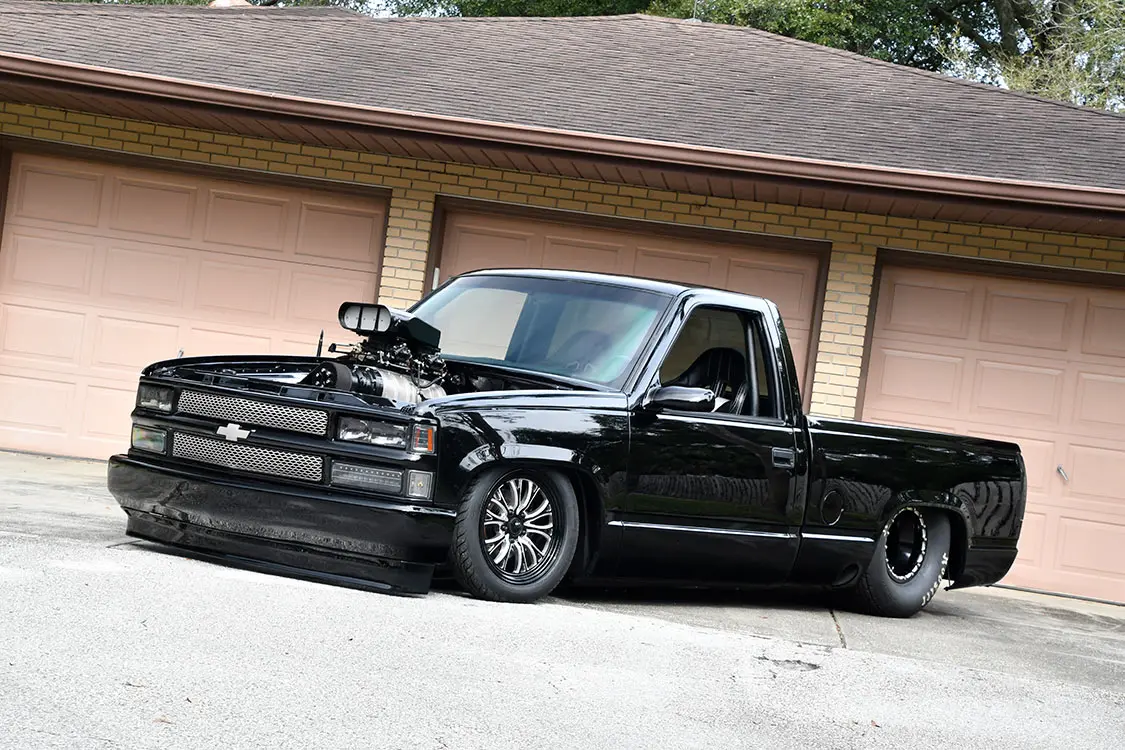
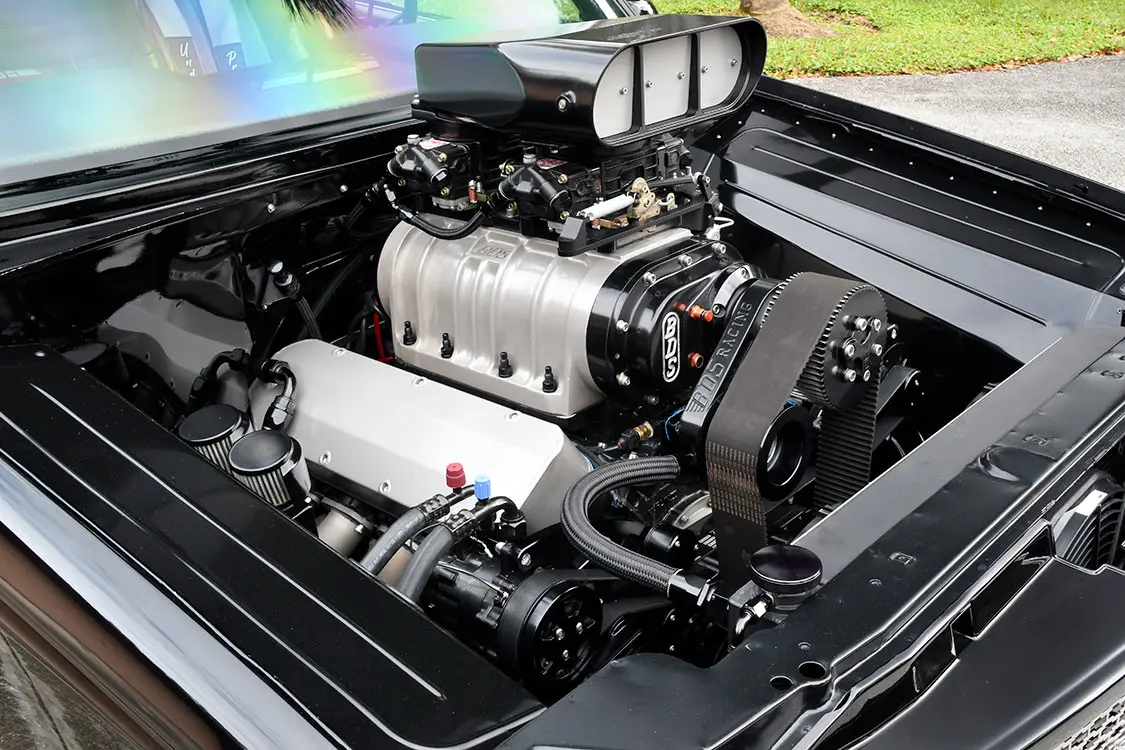
I’m afraid my wonderful hobby/career is winding down, however. Although I’m doing quite well, family health issues require me to stay close to home so traveling is no longer an option. My treasured Nikons may gather dust for a while, but whenever the opportunity arises, I still plan to squeeze in an occasional local feature or provide show coverage articles like the one seen in the last issue on the Daytona Turkey Run. If you see me somewhere on the circuit and we’ve connected in the past, please stop and say hello. I might not remember your name, although your chances might be (a little) better if you’re standing next to your truck. Thanks, it’s been a wild ride!
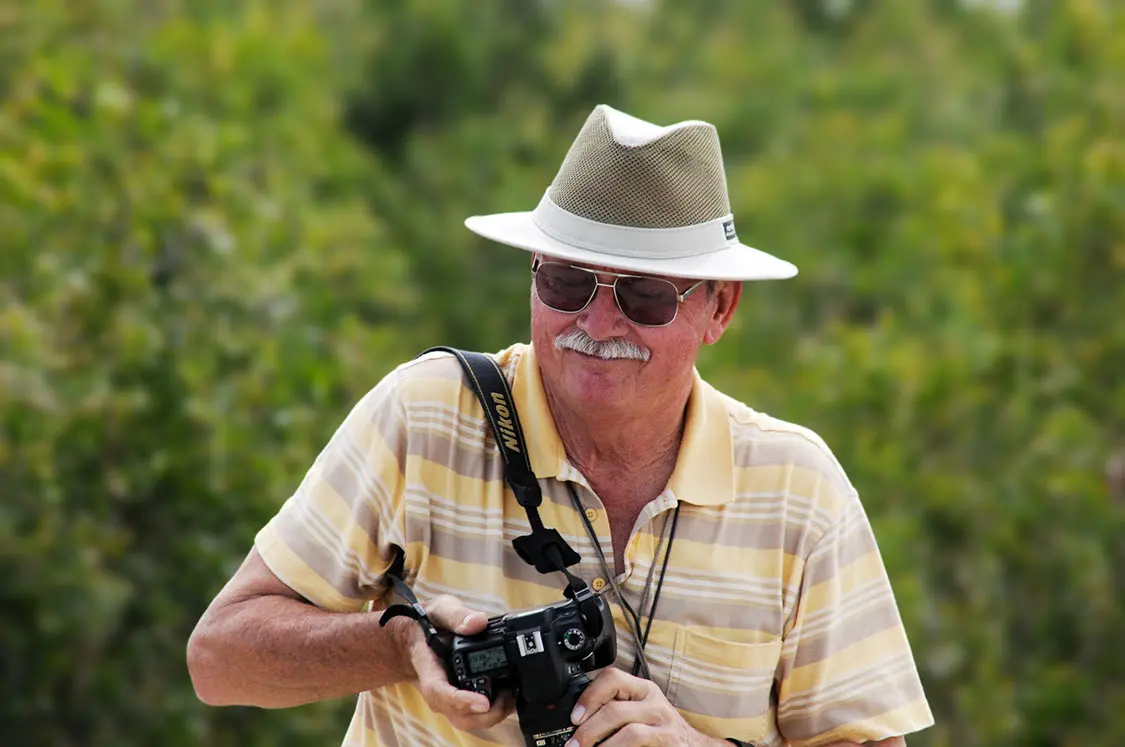
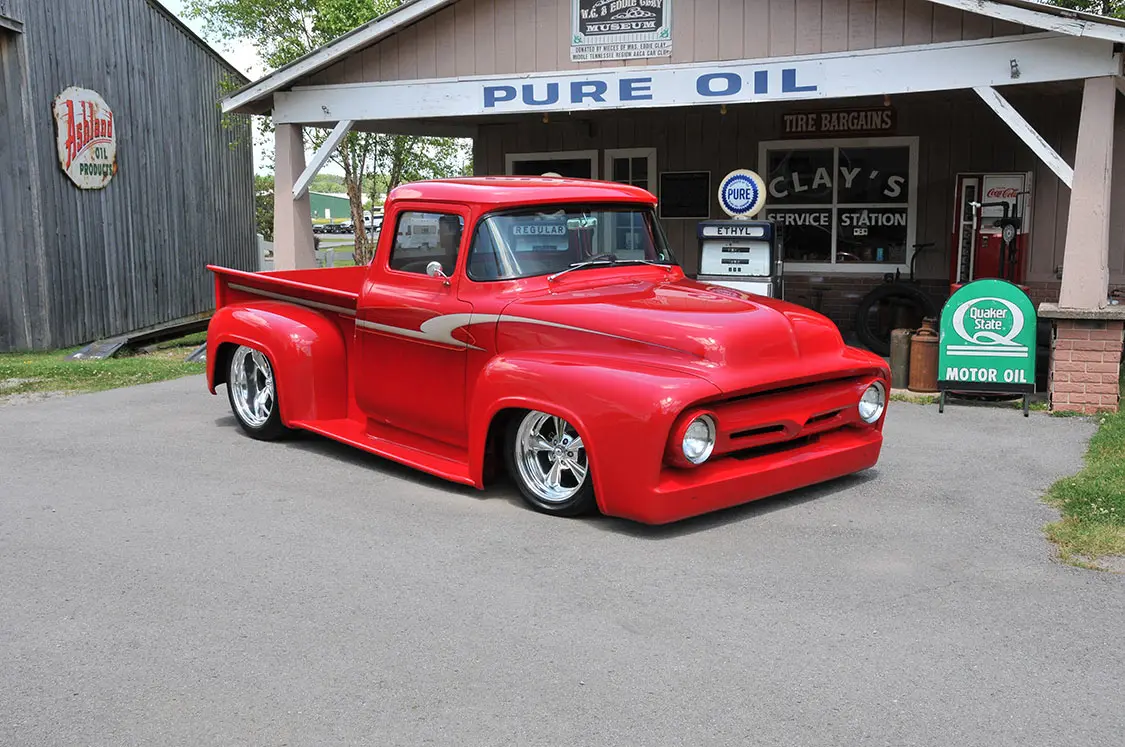
Share Link